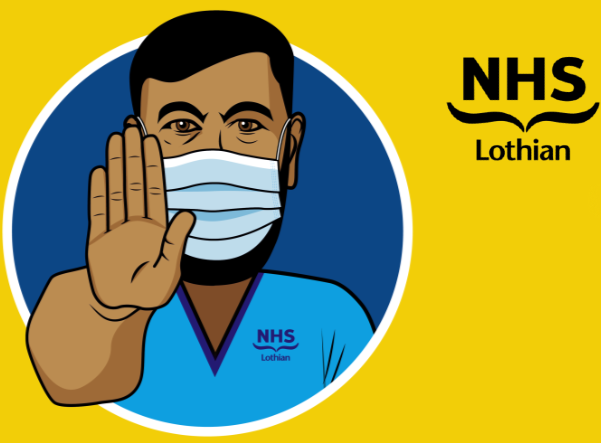Establishing breastfeeding
When your baby is ready to start learning to breastfeed they will show signs of rooting at the breast, open their mouth when they smell the breast milk, lick the nipple and be able to take some breast milk into their mouth and swallow.
Preparing yourself before each feed is important. Find a comfortable chair, collect a pillow and maybe a cup of water. Screens are available if you would like some privacy. When breastfeeding in the nursery it is best to wear something that is comfortable to breastfeed in, such as a blouse or shirt that can be unbuttoned easily.
Be guided by the nursing staff about when and how often your baby can be tried at the breast. You will have already noticed that babies sleep for much of the time so when they are first starting to breastfeed, it is natural for them to be awake and attempting to feed for a very short period of time.
Make yourself comfortable and use a pillow or blankets to provide some extra support. If you find it difficult to prepare yourself and lift your baby from the cot or incubator (particularly if they still have some monitoring leads attached to them) ask a nurse to lift your baby to you.
Finding the right position to feed can take some time but through practice you will work out what is the most comfortable and efficient way to feed your baby. As your baby grows and you become more confident in breast feeding you may change and adapt the feeding position.
The main principles of feeding are –
- Support your baby with one of your arms, their head should be able to tilt back so that they can swallow easily. A small baby may need extra support as they have less muscle tone.
- Bring your baby very close to your breast with their body flat against yours.
- Their nose or upper lip should be opposite your nipple. Placing your thumb above the areola (dark tissue around the nipple) you can move the nipple to get the right position.
- If your baby is reluctant to open their mouth touch your nipple gently around their lips.
- When your baby opens their mouth use your thumb to let the nipple slide into their mouth.
- Once they are taking good rhythmic sucks you can move your hand from the breast to around your baby.
This all sounds quite easy, however remember you and your baby are learning and it may take some time to master. What your baby can do at each feed differs greatly. Try to relax, enjoy each time with your baby and be very patient.
Recognising signs of good attachment:
- Baby’s mouth looks wide open.
- Baby’s cheeks look full.
- Baby’s chin is pressed into your breasts.
- Baby starts sucking right away, feeds in bursts of deep slow sucks and swallows with short rest pauses.
- Breastfeeding feels comfortable.
When your baby has come off the breast, your nipple should be the same shape as it was before the feed started. If your nipple looks pinched, stretched or shaped like the tip of a lipstick, your baby could be attached better.














